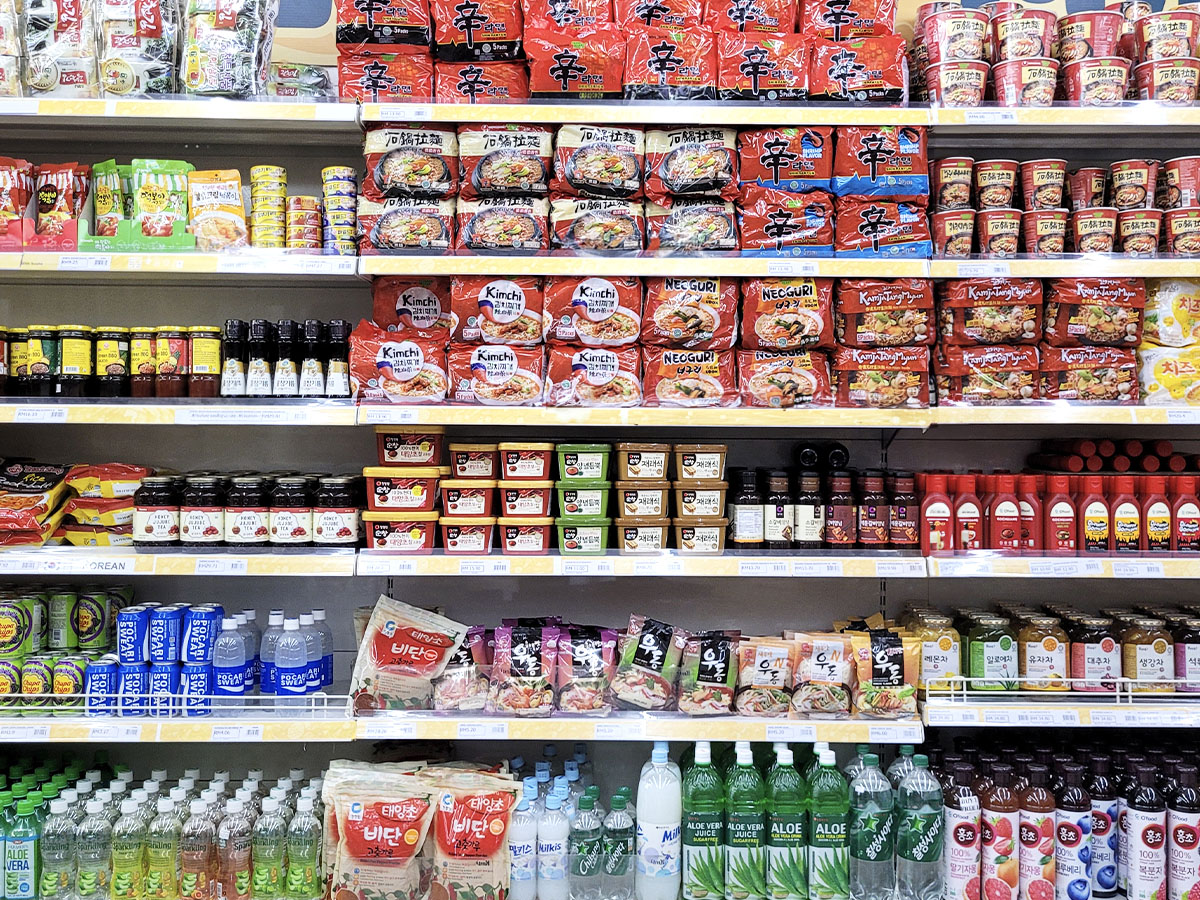Food for life: Cultivating, sustaining and transforming
How access to cultural foods can help people feel more at home
Intersection: Migration
How access to cultural foods can help people feel more at home

Moving to a new home can be an exciting adventure filled with new experiences, but sometimes, people need the comfort of the familiar. Those arriving in the country’s main gateway cities – Toronto, Vancouver and Montreal – can often find a taste of home in a variety of culturally familiar restaurants and grocery stores. For the 30 per cent of newcomers who chose to settle outside of these gateway cities in the many smaller, often less diverse, cities and towns across the country, these comforts from homes may be harder to find.
The importance of third places
Toronto Metropolitan University (TMU) School of Urban and Regional Planning professor Zhixi Zhuang, the academic director of the Toronto Metropolitan Centre for Immigration and Settlement, has researched the importance of “third places” for migrants’ well-being. While first places are homes and second places are usually places of work or school, third places are community spaces which people regularly attend. These spaces can be publicly owned, like a park or library, or privately owned, like a cafe or barber shop. Third places encourage social interaction and help promote a sense of belonging and place. “Third places bring people together to build the community within that shared space, and people achieve this kind of ownership, collective memories and the social interaction that’s good for their health and well-being,” said professor Zhuang.
Local decision-makers can improve community members’ well-being by enhancing public spaces to encourage engagement among their residents. “If you really want to embrace the cultural diversity and welcome newcomers, then let’s invest in public spaces and the third places,” she said.
Professor Zhuang conducted a series of interviews focused on migrants who have settled in smaller cities across the country, like Kelowna in B.C., St. Thomas in Ontario or St. John’s in Newfoundland. The participants ranged from long-time residents who arrived in Canada more than two decades ago to those who had only been in Canada for a few months. Her results showed that limited access to culturally diverse food, cultural amenities and transportation could be major barriers for newcomers, in addition to the significant challenges inherent in living in a new community.
Cultural foods help transition
The interviews highlighted both how the lack of culturally diverse food or restaurants frustrated many of the participants and demonstrated the positive impact when they could access cultural grocery stores and restaurants.
“Food is so fundamental, so critical, and it means so much to their integration process. They feel good when they see the cultural foods being displayed,” said professor Zhuang, noting that interviewees with access to traditional ingredients or products reported it as one of the most satisfactory parts of their experiences. She gave an example from Cape Breton, where local stores stocked supplies to appeal to South Asian students attending post-secondary school in the region, resulting in positive mental health impacts by helping them feel more comfortable in the community. Interviewees able to access cultural foods reported feeling more at home, which facilitated social connections and helped them share their culture with others.
A Kelowna resident noted that she used to drive four hours to Vancouver to get Chinese groceries. With online ordering more widespread, she can now have these ingredients brought right to her door. “I don’t need to complain about living in a small town because I can access the food,” she said, according to professor Zhuang.
Professor Zhuang’s research into third places and migrant well-being is available through academic publications and an online exhibition. Read “Exploring the wellbeing of migrants in third places: An empirical study of smaller Canadian cities” (external link, opens in new window) in the journal Wellbeing, Space and Society. Explore the online interactive photo-voice exhibition: Place Matters (external link, opens in new window) , which shares images and reflections from migrants on their experiences in non-gateway cities.
If you really want to embrace the cultural diversity and welcome newcomers, then let’s invest in public spaces and the third places.

This research was funded by the Canada Excellence Research Chair in Migration and Integration.